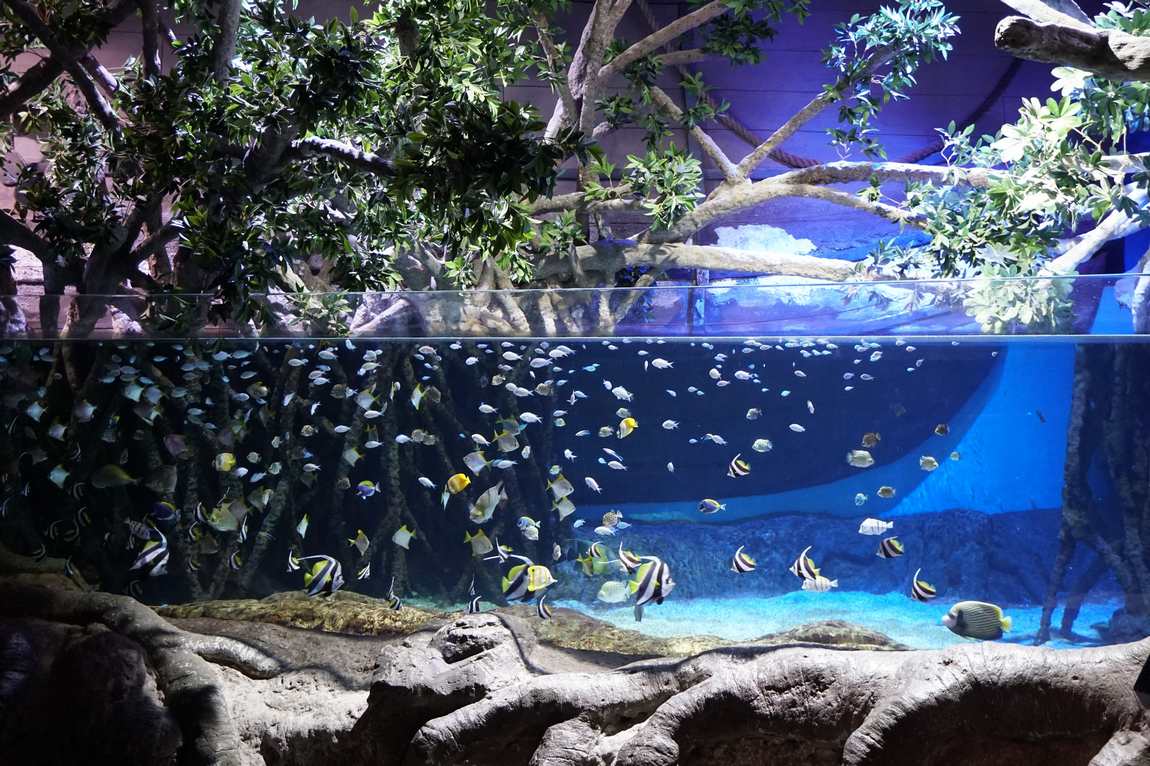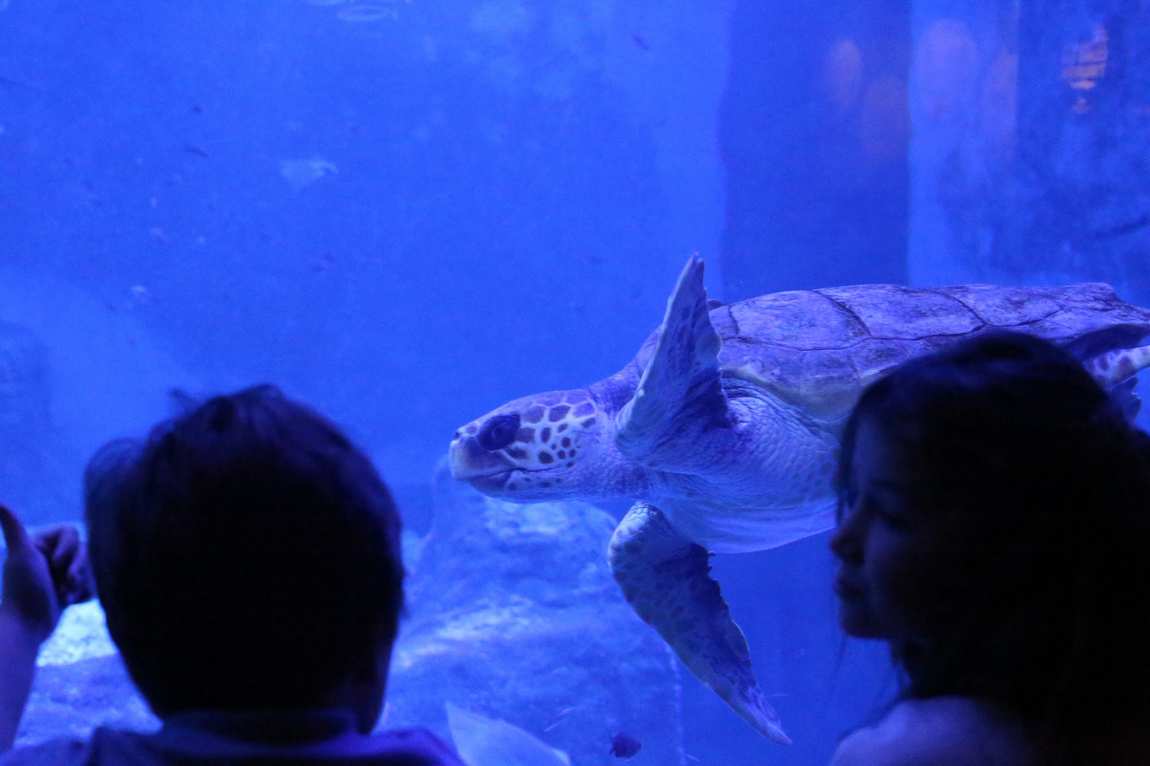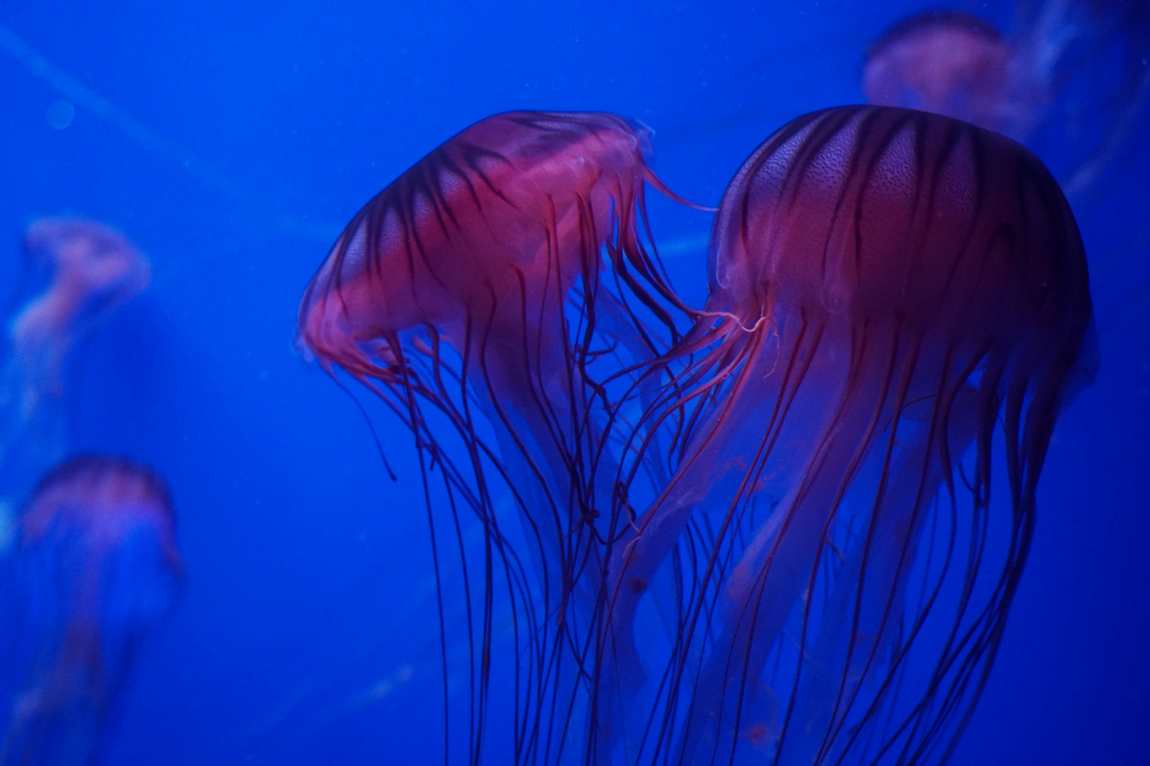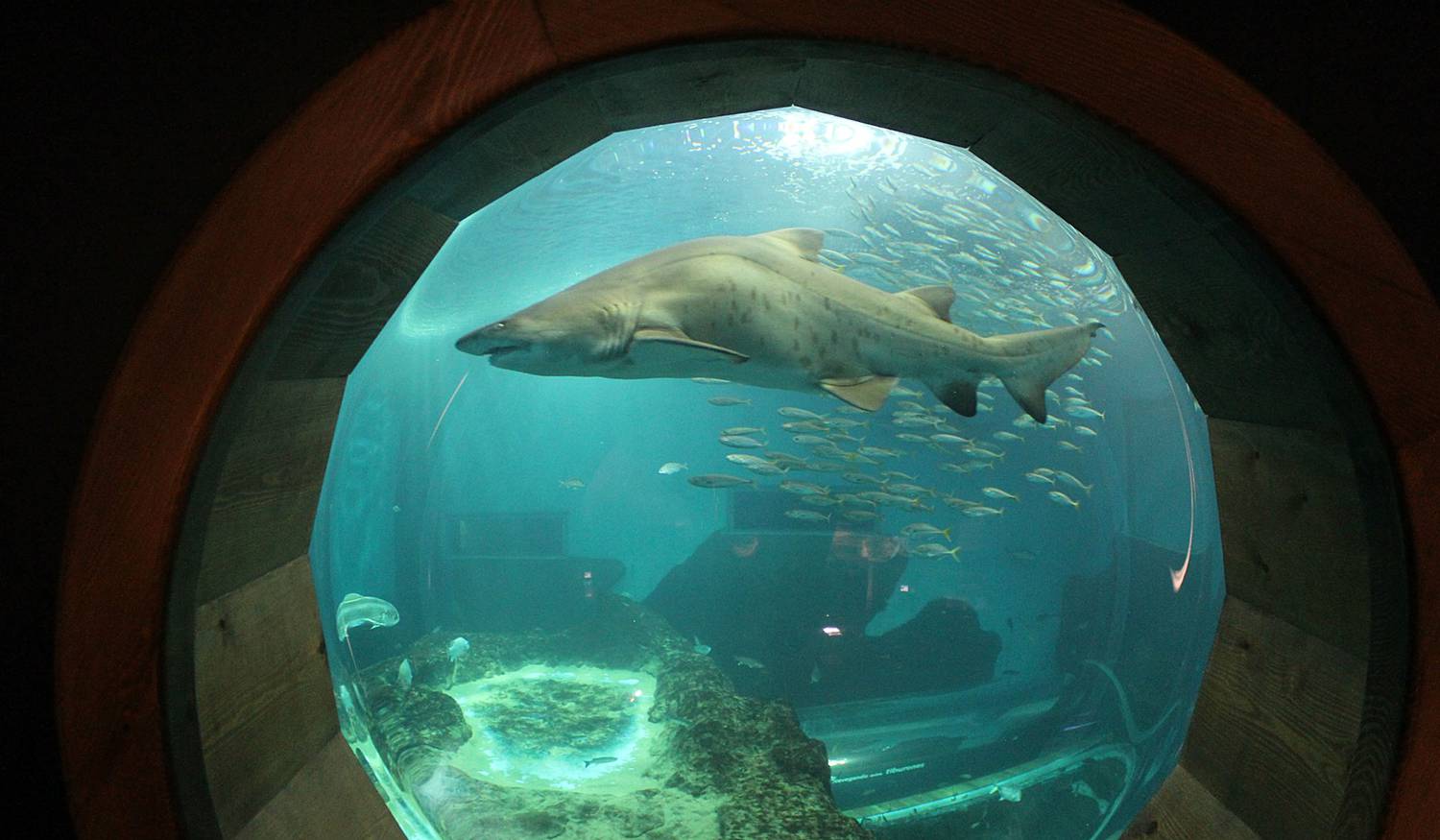From Seville to the sea — a good hundred kilometres. Why is it in this city that one of the best aquariums in Andalusia is located? Plans for great sea voyages were born here, including the goal of the expedition of Ferdinand Magellan. A tour of the Acuario de Sevilla was built as an acquaintance with the fauna of the seas and oceans, which Magellan's flotilla explored in the 16th century. It will not be just a family excursion in Seville but a short trip worldwide. What could be better for a dreamer child?

The 35 large aquariums are huge containers of water, home to 400 species of fish and underwater plants. They contain replicas of different ecosystems, i.e. a collection of living organisms characteristic of a particular area of the Earth.
The coral reef ecosystem includes the poisonous winged zebra, the peaceful clam nautilus, and fish with funny names like cowfish, butterfly- and parrot fish. An authorized representative of the Pacific ecosystem is the giant octopus, which can grow to 150 cm and reach a weight of 30 kg.

Aggressive piranhas were brought from South America's rivers to the Seville aquarium, and lobsters and outlandish brittle stars were obtained from the rocky areas of the seabed. In some aquariums, algae sway; in others, sea anemones move their tentacles; fallen trees are piled up; and in the fourth, corals build bizarre labyrinths that fish like so much.
Also, the aquarium has reptiles and amphibians: snakes, lizards, turtles, crocodiles, and frogs.
It's incredible how different the appearance and behaviour of the fish are. Some are impossible to miss because of their bright colouring, while others are difficult to see — so they merge with the bottom or aquarium plants. Some will surprise you by their tiny size, while others huge, even frightened by their size. Some swim in flocks and others prefer loneliness. You can see the most elegant and slowest, who shows curiosity and keeps with significant serenity.

The exhibition occupies two floors. And between the floors is a huge cylindrical tank that took 2 million litres of water to fill. This is Seville's aquarium, home to the largest marine predators: sharks. They circle relentlessly as if searching for prey, although they will undoubtedly be provided with dinner.
Since some sharks are nocturnal, the aquarium has devised an unusual excursion called "A Night with the Sharks". Of course, during the tour, the fish will stay inside the tank, and visitors will wait outside, which is an excellent position to observe the behaviour of these unfriendly creatures. "A Night with the Sharks" is not included in the ticket price, and participation must be booked in advance.
The tour of the entire aquarium will take approximately one hour. Afterwards, you can relax in Maria Luisa Park or walk along the Guadalquivir.










